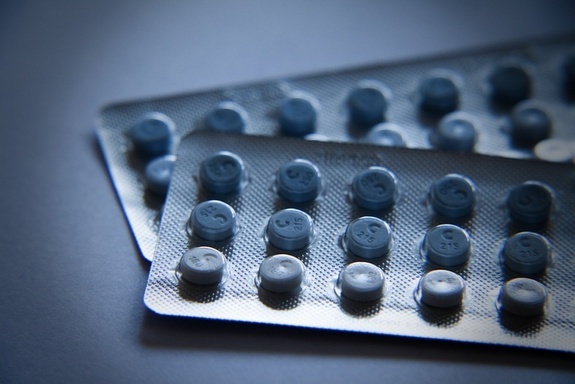Water Pollution Caused by Birth Control Poses Dilemma

After the active ingredient in most birth control pills has done its duty preventing pregnancy, it begins a second life as a pollutant that can harm wildlife in waterways.
Not only is ethinyl estradiol quite potent — creating "intersex" fish and amphibians — but it is very difficult to remove from wastewater, which carries it into natural waterways.
Since women around the planet take the pill, this is a global problem. The European Union is the first entity to seriously consider mandating the removal of ethinyl estradiol, also known as EE2, from wastewater. However, as researchers pointed out in Thursday's (May 24) issue of the journal Nature, the question of whether to remove the pollutant is not simple.
The dilemma
The problem is effectively removing ethinyl estradiol can be quite costly. Governmental estimates put the cost of upgrading about 1,360 wastewater treatment plants across England and Wales so they can comply with a proposed limit at between $41 billion and $47 billion (€32 billion and €37 billion), according to Richard Owen, a professor at the University of Exeter in the United Kingdom.
"The big question is, 'Are we willing to pay this as a society?'" Owen told LiveScience. "Or, alternatively, 'would we prefer to live with the environmental impact?'"
In their Nature commentary, Owen and Susan Jobling, an ecotoxicologist at the University of Brunel, write that more public debate is need on the proposed regulation. [7 Surprising Facts About the Pill]
Sign up for the Live Science daily newsletter now
Get the world’s most fascinating discoveries delivered straight to your inbox.
They intended to draw attention to this environmental dilemma, not to suggest that women should not have access to birth control, Owen told LiveScience.
In the environment
EE2, a synthetic hormone, is only one of a cocktail of natural and synthetic hormones that humans excrete into wastewater, including other estrogens. EE2 has a potent biological effect at low levels.
"Animals are exquisitely sensitive to it," Jobling told LiveScience.
The body of a fish or a frog reacts to EE2 as if it were a natural estrogen, "demasculinizing" male animals and creating a condition called intersex that interferes with an animal's ability to reproduce, Jobling said. Intersex males often produce eggs in their testes.
It's not yet clear if levels of EE2 found in waterways affect mammals' reproductive cycle, she said.
The cleanup
Charcoal-based filtering is the most effective method for removing chemicals such as EE2 from wastewater. Other methods may also be effective, but they, too, would require some financial investment, Jobling told LiveScience.
"It will cost quite a lot of money to upgrade to meet environmental quality standards, (but) to my mind that is not a reason not do it," Jobling said. "We are understandably focused on the economic crisis at the moment, and just as important is the environmental crisis."
Unless this issue is put on the policy agenda, society will continue undermining ecological systems, she said.
On Nov. 6, a European Parliament legislative committee is scheduled to decide whether the issue should continue to the full Parliament in January.
"This regulation will set a global precedent for regulating pharmaceuticals in the environment. It also presents society with a difficult dilemma, of which the public remains mostly unaware," Owen and Jobling write.
Editor's Note: This story was updated at 4:06 pm Eastern US time to clarify a statement about the uncertainty around the effects of ethinyl estradiol pollution in water on mammals. It's not yet clear at what levels it interferes with mammals' reproduction.
You can follow LiveScience senior writer Wynne Parry on Twitter @Wynne_Parry. Follow LiveScience for the latest in science news and discoveries on Twitter @livescience and on Facebook.











